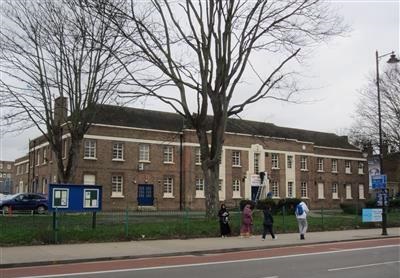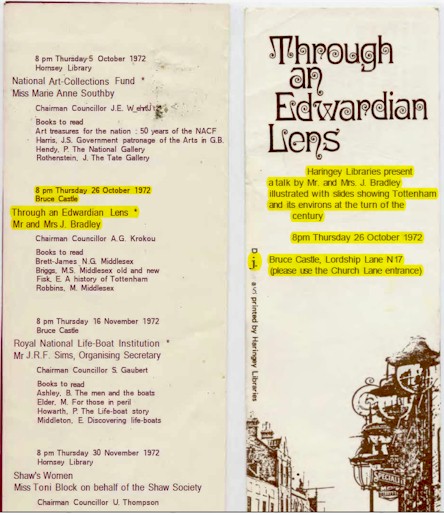DAPHNE ATKINSON C 1941 |
The present generation would find it
difficult to understand how very different it was to be a housewife in the 1940’s
& 1950’s, compared to the present day. We had none of the appliances that are now
taken for granted. Washing had to be done by hand. You were very fortunate if you
possessed a washing machine. |
|
The
babies’ nappies were made of towelling and, as with only 15 months between my two
boys, I was usually up to my eyes in nappies and other baby things. I envy the mothers of
today with the luxury of ‘disposables’. The solids had to be emptied down the lavatory, and then the nappies were put to soak in a bucket of cold water. I then washed them by hand in soap flakes (usually Lux or Fairy) in our deep ‘Butler’ sink. Everything was washed in the Butler sink, including the babies and us. Water had to be boiled first as we had no hot water system. My father wore two flannelette shirts, winter & summer - the one underneath being pure flannel. I can remember standing there very wearily, pounding away to get them clean and then rinsing them, and rinsing them, to get the soap out. They were then wrung out by hand, before being fed through the rubber rollers of our ‘Acme’ wringer, until all the water was squeezed out. The rollers were turned through gears, by a large handle at the side of the machine. All washing was done this way, so it was quite hard work. Nappies & other baby clothes had to be done every day. Easicare fabrics hadn’t reached us by that stage, only woollen & cotton materials were available. During the summer, when the weather was good, getting things dried was no problem. Winter, of course, was quite different; drying took much longer - especially the woollen things & flannelette shirts. It wasn’t until much later that I had an electric iron. Up until then, we had to heat two flat irons on a gas ring, using each alternately until the ironing was finished. Because the handles got rather hot, the irons had to be lifted from the stove using a thick square piece of cloth. My father worked hard and expected a dinner during his lunch hour, which he’d always been used to. At 12 o’clock, on the dot, his dinner had to be on the table. It mattered not how hard I’d worked all morning or how tired I may have been during times when the babies had cried at night - as babies often do - that was my duty and I never questioned it. Dinner consisted of meat in some form, greens and potatoes; followed by a sweet, that we called ‘afters’. There were no convenience foods; such as there are today - no microwave ovens. |
|
COOKER 1940’s |
Everything had to be
prepared first and cooked in an oven, or boiled on top. If we had a pie of any kind it had to be made from raw ingredients and the pastry made by hand. I can never remember buying ready-made pastry, but in those days there was no frozen food either. The very first frozen things I saw in the shops were sold under the name of ‘Frood’, which was mostly peas, but I never bought any. Sunday was roast dinner day, and that usually comprised of a joint of lamb, beef or pork, green vegetables of some kind and roast or jacket potatoes - done in the oven. If beef was on the menu, Yorkshire pudding had to be made. Pork dishes were supplemented with stuffing and applesauce. This was usually followed by apple pie and custard, or, perhaps, a suet pudding or some stewed fruit and custard. It all had to be prepared by myself… A time consuming task let me tell you! |




 PICTURED
LEFT - TOTTENHAM DRILL HALL
PICTURED
LEFT - TOTTENHAM DRILL HALL



